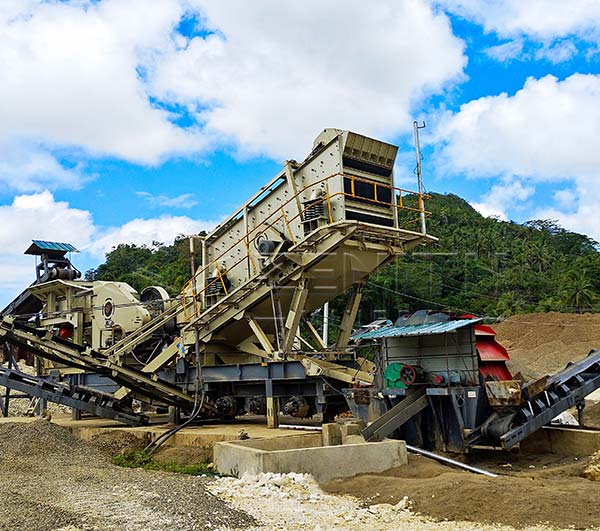
Ethiopia hosts extensive silica sand deposits across various regions, including Lemi, Fetera, Mugher, Enticho, and the Jema-Wenchit Valley. These deposits, formed through the weathering of quartz-rich rocks, vary in mineral composition and grain size, influencing their industrial suitability.
The Lemi area, located in the Amhara Regional State, is a key focus due to its estimated 6.94 billion tons of silica sand. The deposits here are characterized by medium-sized, well-sorted, sub-rounded to rounded quartz grains with an average SiO2 content of 96.13%, making them ideal for industrial use.
Beyond silica sand, Ethiopia’s deposits include quartz, quartzite, and other silica forms like agate and amethyst, found in clastic sedimentary and volcanic successions. This diversity enhances the country’s resource base for multiple industries.
The initial step involves washing silica sand to remove clay, silt, and organic matter. Techniques such as scrubbing and rinsing use water to clean sand particles, often employing trommel screens or spiral sand washers to separate impurities effectively.
Raw silica sand is crushed using jaw crushers to achieve uniform particle sizes suitable for further processing. Grinding, often with ball or rod mills, reduces particle size for beneficiation, ensuring the sand meets industry standards for applications like glass production.
Beneficiation enhances silica purity through methods like magnetic separation, flotation, and gravity separation. Magnetic separation removes iron-bearing minerals, while flotation targets impurities like feldspar and mica, achieving high-purity quartz sand (SiO2 >98.5%).
Post-washing, silica sand undergoes dewatering using hydrocyclones or dewatering screens to remove excess water. Drying, typically with rotary or fluidized bed dryers, reduces moisture content to below 0.5%, ensuring suitability for industrial applications.
Trommel screens sort particles by size, while spiral classifiers separate heavier impurities, ensuring precise particle size distribution (PSD) critical for glass and foundry applications.
Spiral and wheel sand washers agitate sand to remove clay and coatings. Attrition scrubbers provide intense cleaning, breaking down mineral coatings for high-purity output, as seen in Ethiopia’s processing plants.
Wet high-intensity magnetic separators (WHIMS) remove weakly magnetic impurities like hematite and limonite, achieving iron content below 0.02% in processed sand, vital for high-tech industries.
Flotation machines, customized for Ethiopian projects, remove feldspar and mica through cationic or anionic flotation, enhancing silica purity for applications like aerospace and electronics.
High-purity silica sand is essential for producing clear, durable glass products. Ethiopia’s Lemi sand, with its high SiO2 content, supports the growing glass industry, enhancing transparency and strength in products like bottles and windows.
Processed silica sand serves as a molding material in foundries due to its thermal stability and uniform grain size. Ethiopia’s deposits meet the specifications for casting, supporting industrial growth.
Silica sand is a key component in concrete and mortar production. High-quality processed sand from Ethiopia improves the durability and strength of construction materials, aiding infrastructure development.
Ultra-high-purity silica sand is critical for aerospace, laser technology, and electronics. Ethiopia’s potential to produce such sand positions it to meet growing global demand in high-tech sectors.
Ethiopia’s mining sector faces challenges due to underdeveloped infrastructure and limited access to advanced processing equipment, increasing operational costs and hindering scalability.
Sand mining can cause erosion and habitat disruption. Ethiopia’s regulations, while improving, require stricter enforcement to ensure sustainable practices, especially in water-intensive washing processes.
Costs for raw materials ($2.25–$3 per ton), utilities, labor, and equipment maintenance are significant. Despite profit margins of $6–$8.50 per ton, these expenses challenge small-scale operations.
The lack of skilled personnel for operating advanced equipment like flotation machines and magnetic separators limits processing efficiency and product quality in Ethiopia’s plants.
Ethiopia’s silica sand industry holds immense promise due to its vast deposits and growing industrial applications. Effective washing and processing, using advanced equipment like trommel screens, scrubbers, and flotation machines, are critical to producing high-purity sand for glass, foundry, and high-tech uses. Despite challenges like infrastructure limitations and environmental concerns, strategic investments and sustainable practices can unlock significant economic benefits, positioning Ethiopia as a key player in the global silica sand market.
We have jaw crushers, impact crushers, cone crushers, sand makers and so on.
Mon - Sun, 0:00 - 24:00
24h Online Service
© Zenith. All Rights Reserved. Designed by
